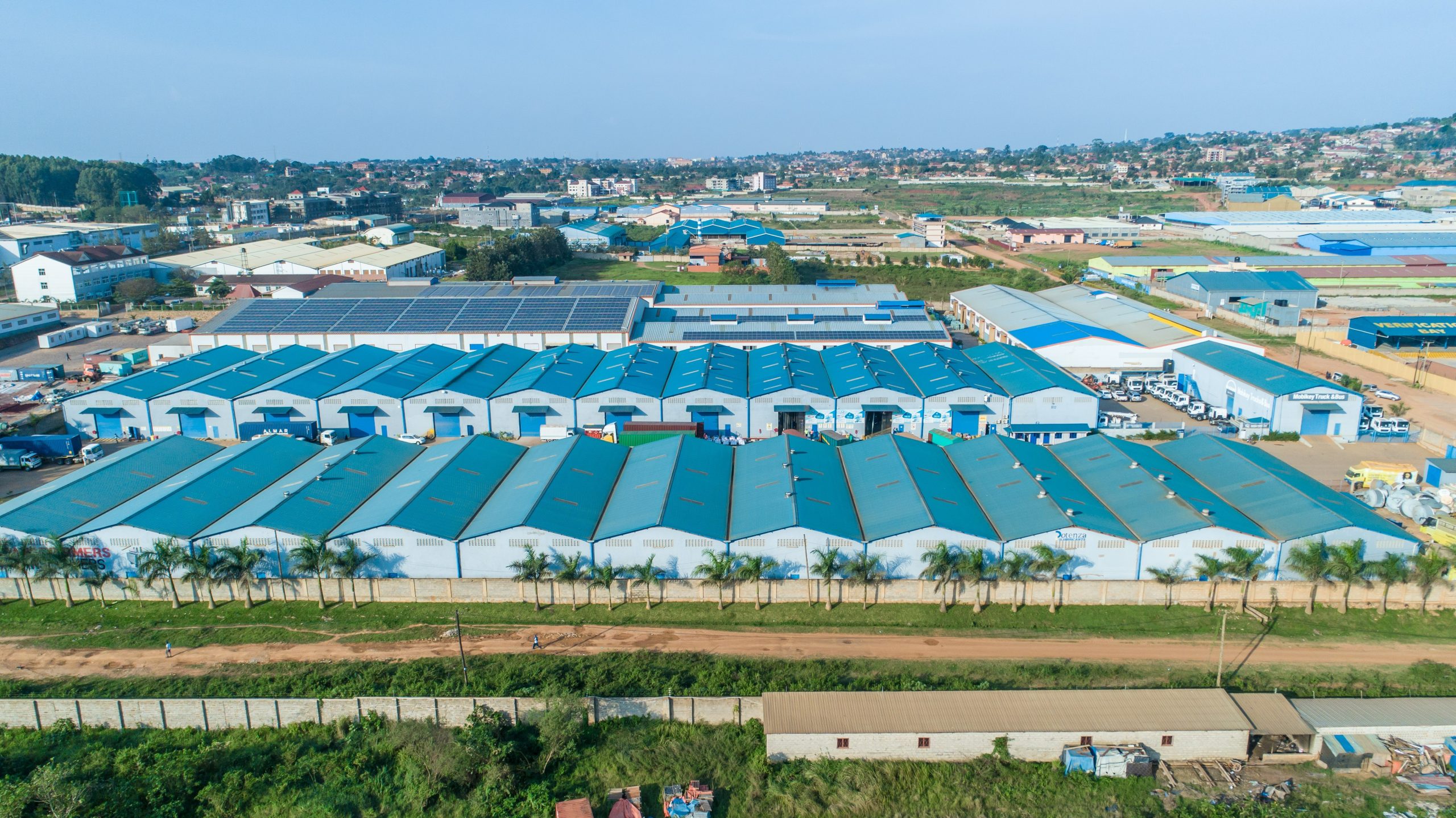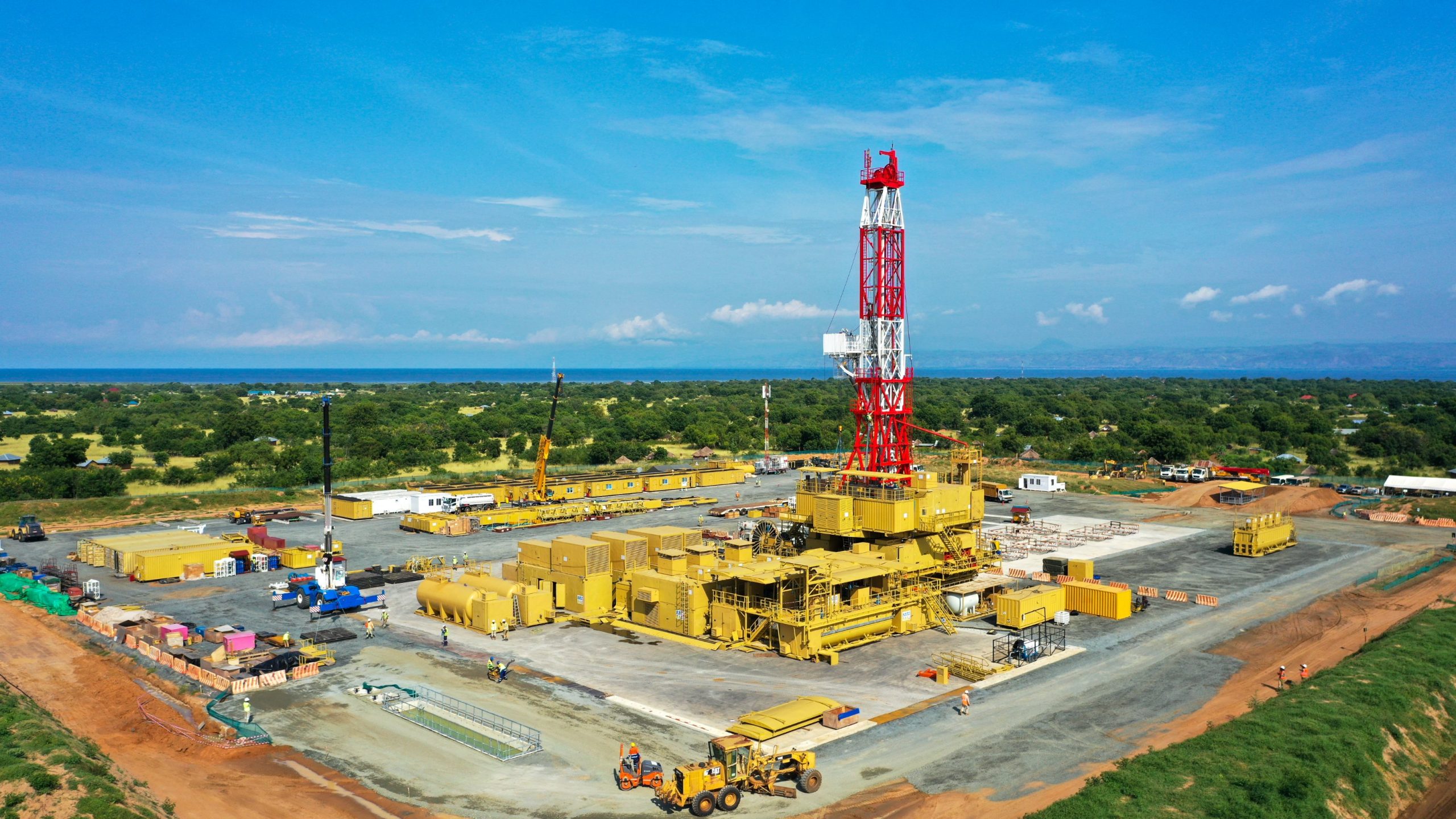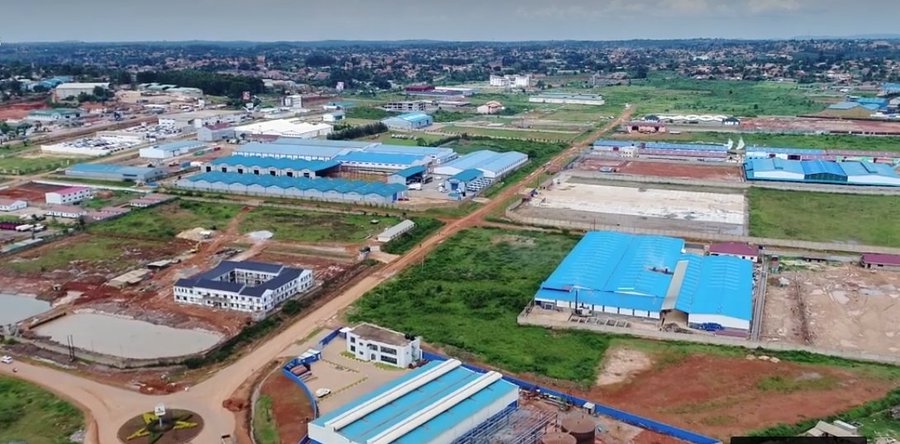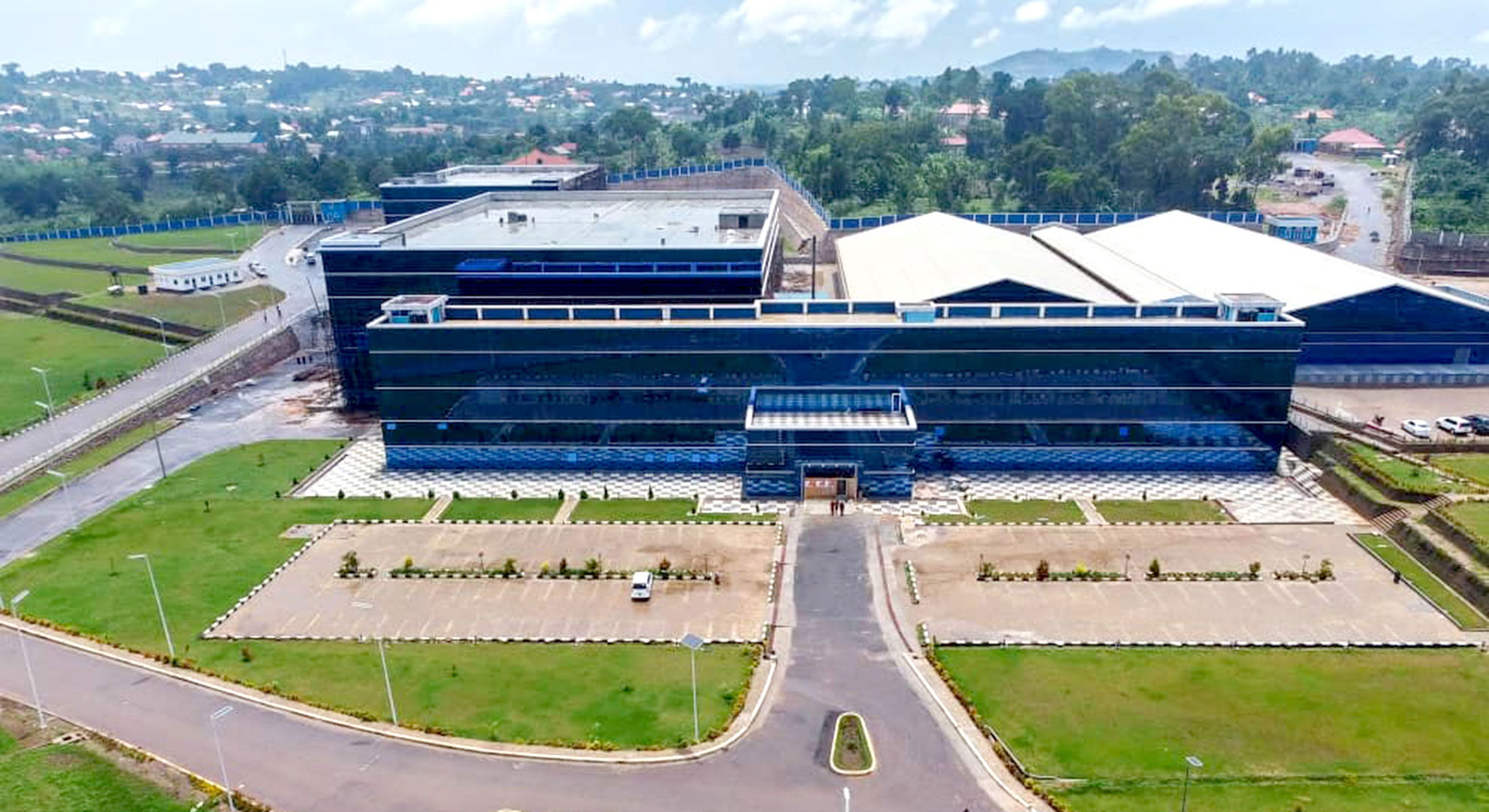By Titus Kakembo
Uganda’s industrial landscape is transforming rapidly, with industrial parks sprouting countrywide. A prime example is Kapeeka Industrial Park, 55 kilometres north of Kampala, where innovative manufacturing, job creation, and trade opportunities are fueling economic growth and showcasing Uganda’s industrial potential.
Kapeeka Industrial Park, officially known as Liao Shen Industrial Park, pulses with the sounds of roaring machines, humming conveyor belts, and the steady hands of youthful workers assembling all sorts of goods, including solar panels, gloves, shoes, batteries, and dry fruit snacks.
Launched in 2015, the park is powered by the China-Uganda cooperation and anchored in government policy that prioritizes value addition and industrialization.
“This park is more than a business venture – it is a shared vision,” said Zhang Hao, the park’s Managing Director. “We are building infrastructure, creating jobs, and expanding Uganda’s export potential. And we’re only just beginning.”
Kapeeka is a national model for industrial development, according to Robert Mukiza, the Director General of Uganda Investment Authority.
Says Mukiza: “Uganda has over 5,000 factories, and 25 industrial parks are in various stages of development. These zones are critical for attracting investment, creating employment, and moving Uganda closer to middle-income status. Investors can now access all services under one roof at our One-Stop Center in Kololo.”
Out of the 80 factories planned in the park, 21 are operational. These include Goodwill (U) Ceramic company, Ho and Mu Food plastic recycling plants – enterprises that are steadily reshaping Uganda’s industrial footprint.
Each factory is employing over 300 people, mostly drawn from Kapeeka and neighbouring districts.
To sustain the park’s momentum, the Government invested 319 billion shillings in 2023 – 179 billion shillings for roads and electricity, and 138 billion shillings for drainage and waste management.
“The army engineering brigade is spearheading the infrastructure work, under the supervision of works and water and environment ministries,” says Evelyn Anite, the Investment State Minister.
Agricultural value chains
The park’s food processing factories have triggered a surge in demand for produce, particularly mangoes, pineapples, and oranges.
Consequently, there has been a significant shift in mindset – from growing fruits as a casual practice to treating it as a serious business, according to Samuel Kawere, an agronomist and factory supervisor. As a result, prices have gone up, and more farmers are transitioning to commercial fruit farming.
To support this shift, Yahe International has established a regional grain hub at the park, now serving over 6,000 farmers from Nakaseke, Wakiso, Kiboga, Luwero, and Nakasongola districts. The facility also cleans, dries, stores, and fortifies maize, with a 2000-metric-tonnes capacity.
It also provides credit and training, enabling smallholder farmers to access bulk markets and scale their operations.
Faster urbanisation
The transformation is not limited to factory floors. Kapeeka town has experienced its own boom. Once a sleepy trading centre, it is now a magnet for construction, with new commercial buildings, permanent houses, and entertainment spots cropping up.
Moses Ssenfuma, the LC3 Chairperson of Kapeeka Sub-County, says the area’s local revenue has risen sharply, from 300 million shillings in 2021 to 1.5 billion shillings currently.
There is an influx of labourers, Chinese investors and traders settling in the town.
Traditional mud-and-wattle homes are being replaced with permanent structures. School enrolment is up, and mobile money has revolutionized financial transactions. Residents now have better access to goods, services, and opportunities,” he said.
The town’s roads are being upgraded, traffic is increasing, and long-haul trucks are now a common sight, delivering raw materials and transporting goods to local and foreign markets.
The Matugga-Kapeeka road is being reconstructed to contain the increasing and heavy traffic.
Residents are happy
For many, Kapeeka is more than an industrial complex – it’s a lifeline. John Ogwal, a youth from Gulu, now works as a machine operator at Goodwill Ceramics. He says his pay depends on output and that every month his skills improve and, with it, his income too.
Jane Nakintu’s story is equally inspiring. She works at Ho and Mu Factory. “When I arrived, I had no skills. Today, I operate modern machines, rent a self-contained house, send my child to school, and run a poultry business”, she says.
Forklift operator, George Kibirige, honed his skills in Turkey, where he worked for five years before returning to Uganda. When the industrial hub was established, he applied for a vacancy.
“I was interviewed, tested, and hired”, Kibirige recalls. “It feels good to eat organic food, live with family and have time to rest. I’d rather work at home than go back abroad”.
Regional recognition and opportunities
In March this year, a high-level delegation from Tanzania visited the industrial park.
“I was shocked to learn that we’ve been importing products that Uganda is manufacturing”, said Tanzanian trader John Monto. “There is no need to go to China or India when the same goods are right next door. This Park is a game changer.”
The Tanzanian team also lauded the park’s resilience, particularly in light of funding challenges, including US cuts to the Center for Industrial Research and Product Optimization.
Paul Kisesa Simuli, who led the delegation, emphasized the growing momentum of regional integration.
“With Tanzania’s upgraded port, expanded aviation infrastructure, and the ongoing standard gauge railway, we are opening new opportunities for cross-border trade and industrial partnerships”, he said.
(This story is reproduced from The New Vision, with slight edits).
***







